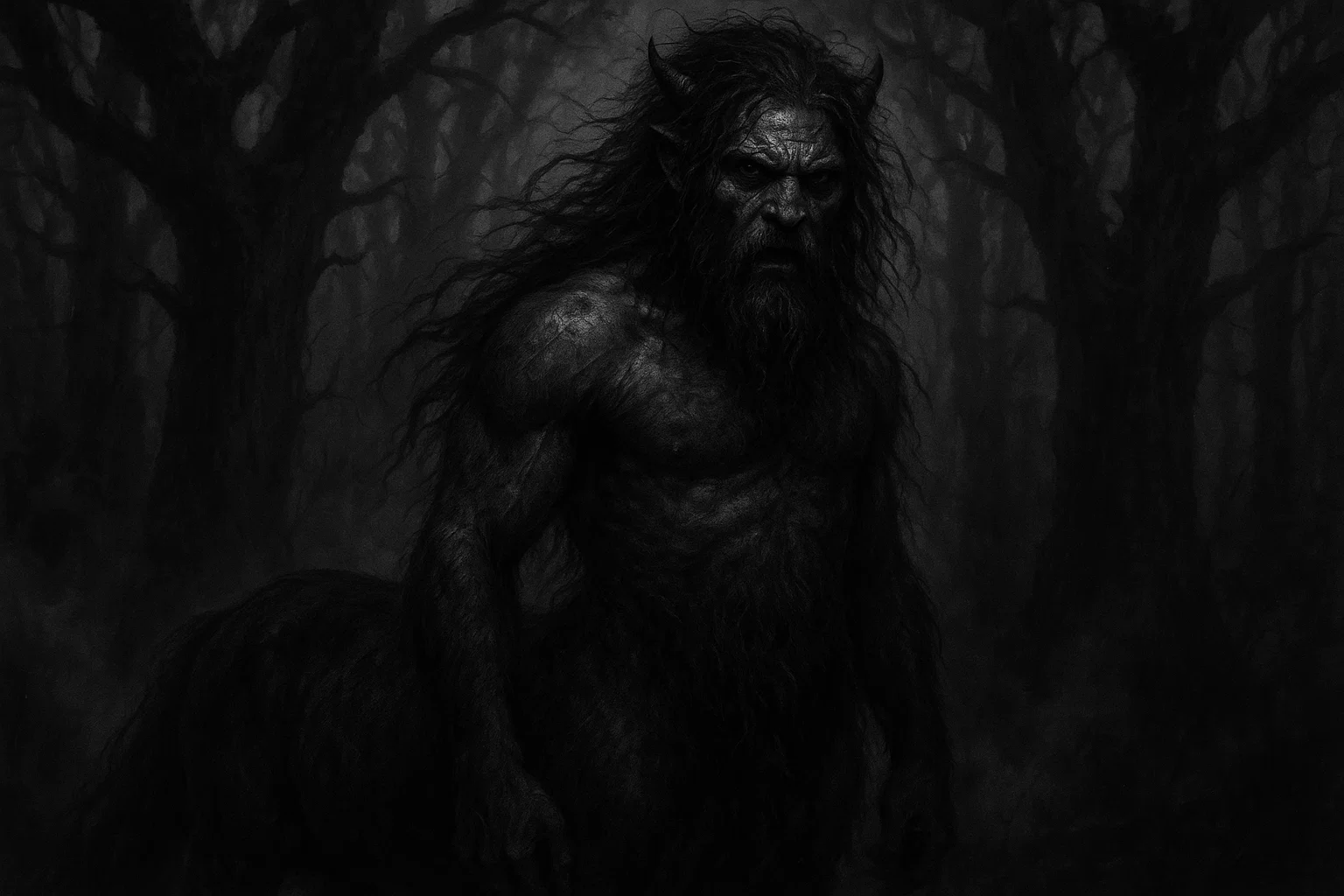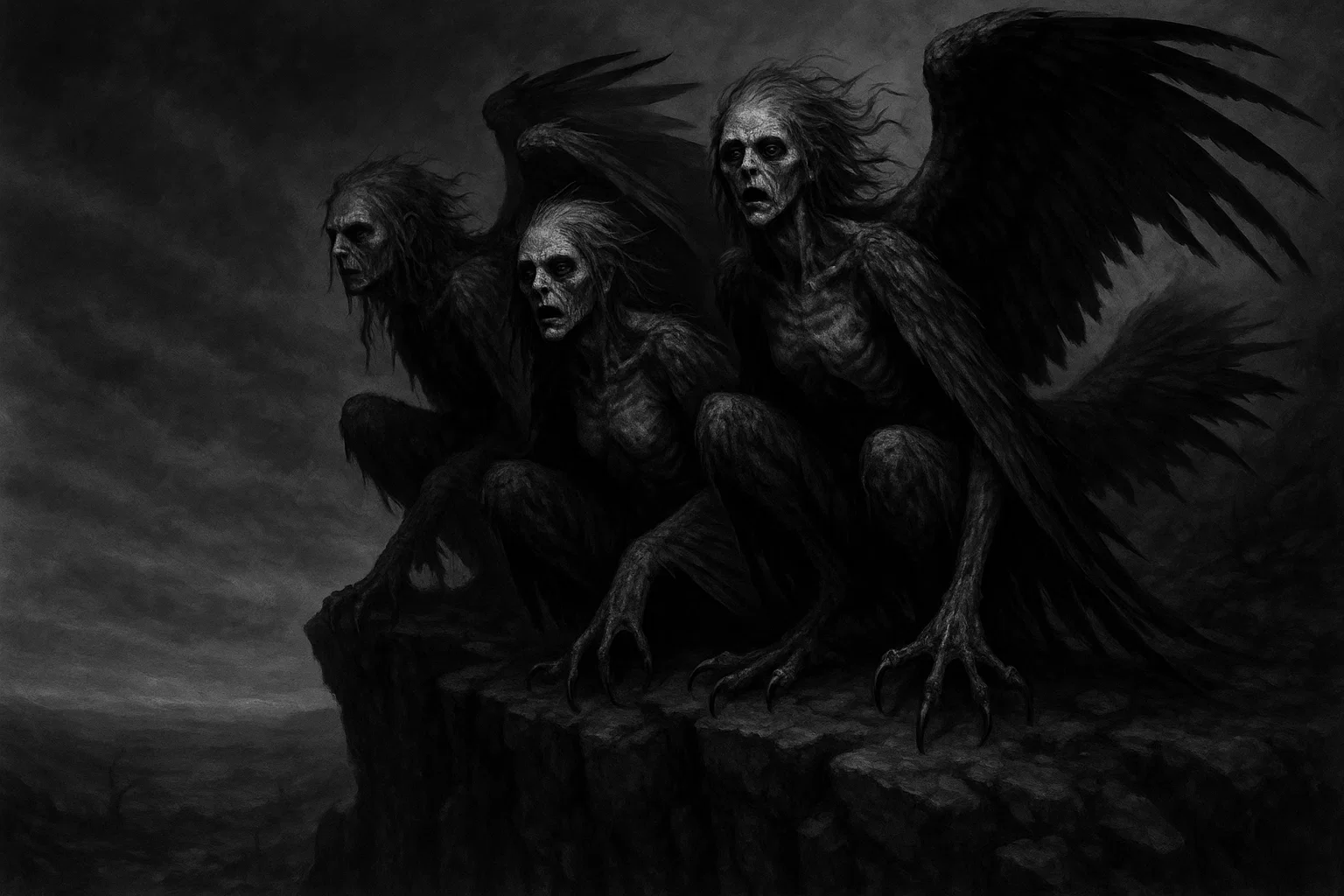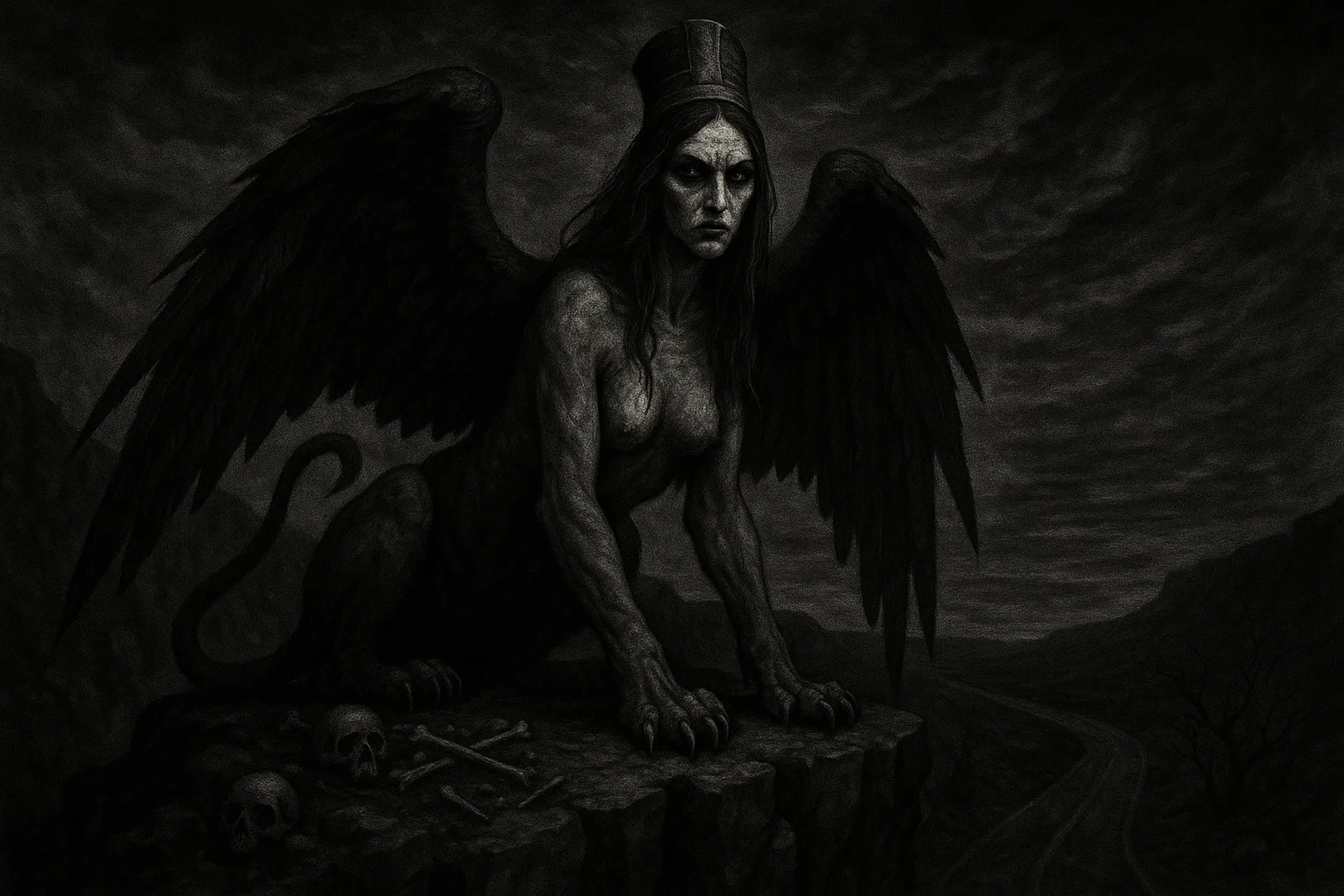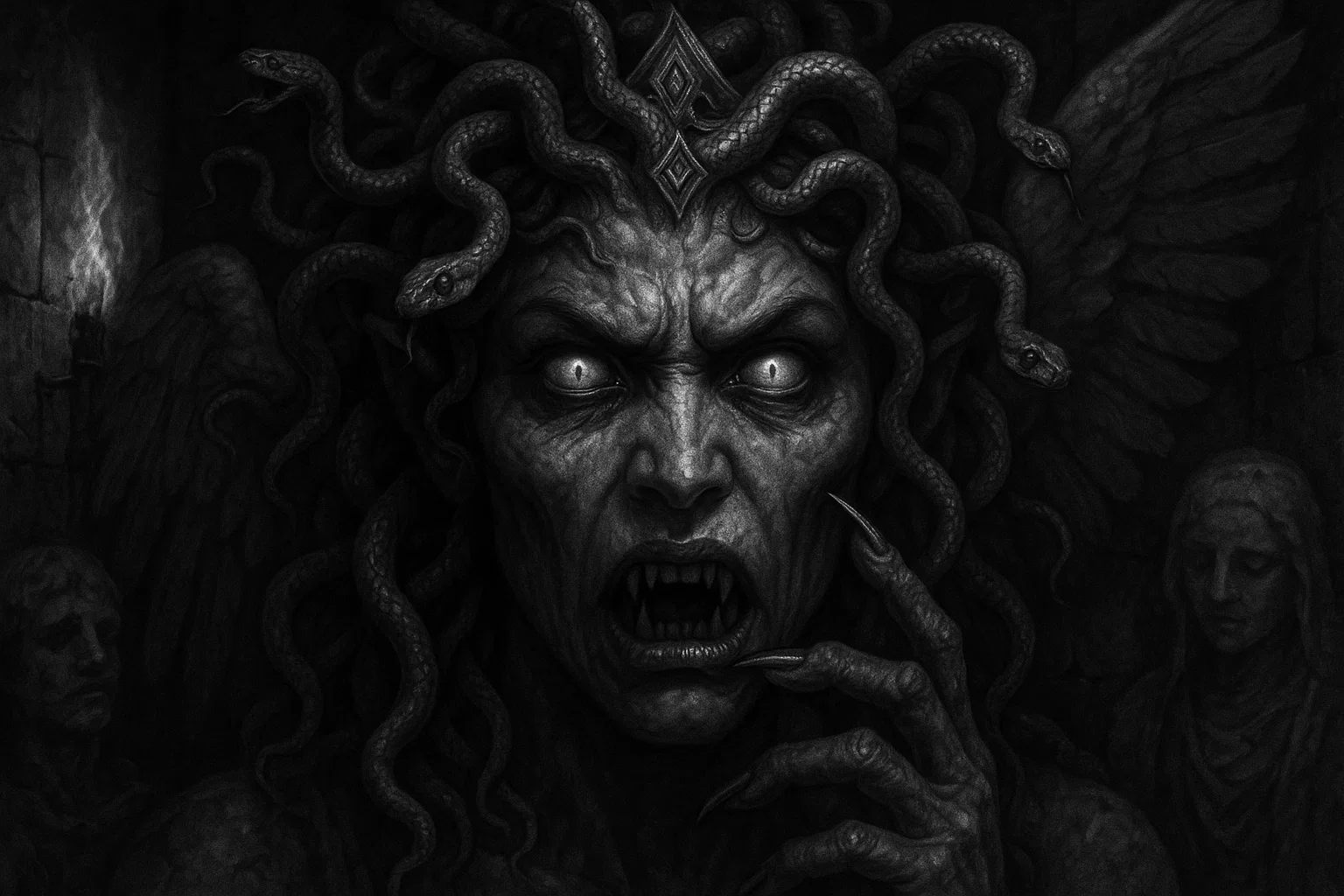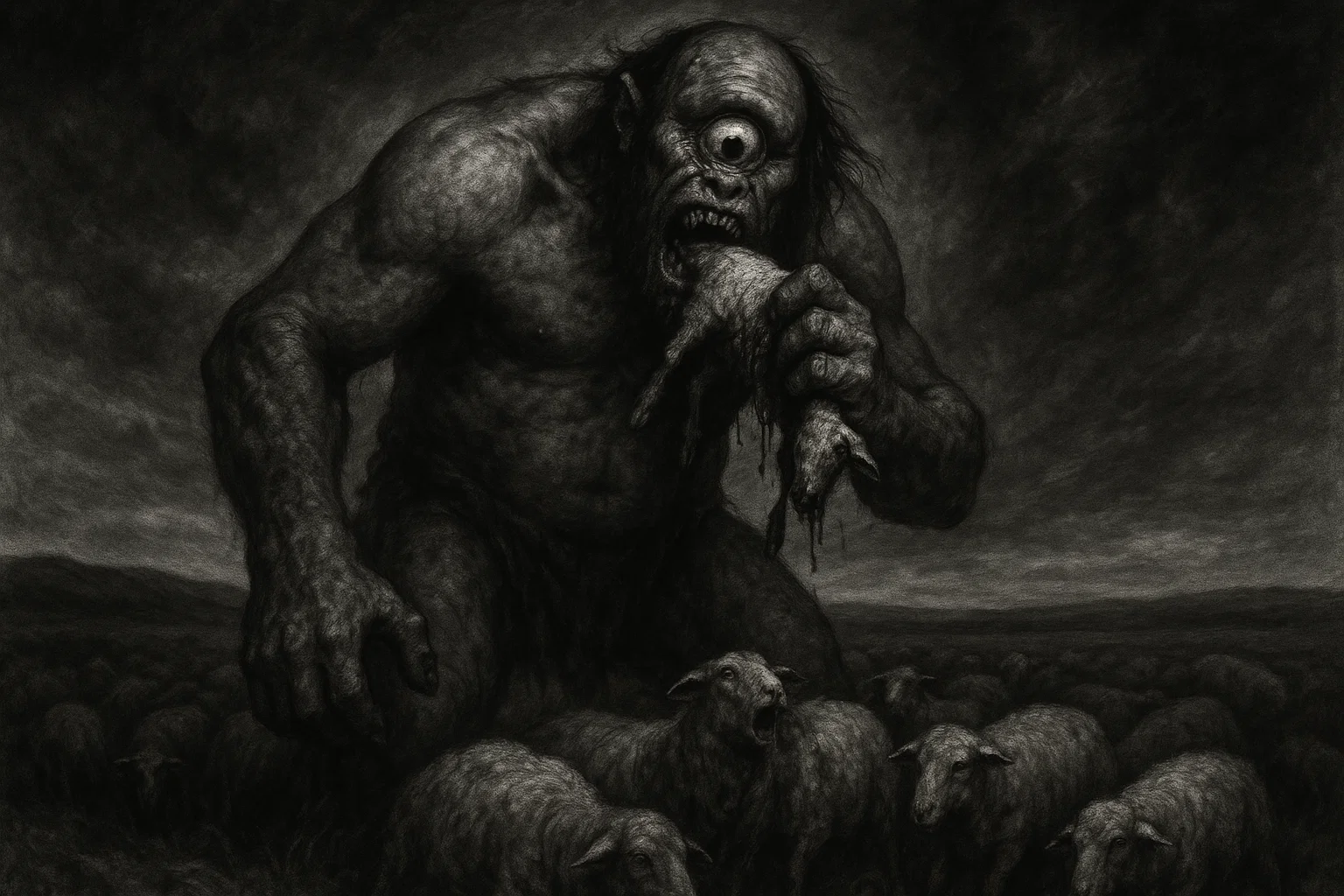Gilles Garnier, branded as the Werewolf of Dole, was a 16th-century French hermit whose gruesome crimes of murder and cannibalism horrified the Franche-Comté region.
Convicted in 1574 for slaughtering children, his case blends chilling historical fact with the era’s fervent belief in lycanthropy, offering a window into a time when fear and superstition shaped justice.
Summary
Overview
| Aspect | Details |
|---|---|
| Full Name | Gilles Garnier |
| Nicknames | Werewolf of Dole, Hermit of St. Bonnot |
| Born | Unknown, likely early 16th century, possibly near Lyon |
| Died | 18 January 1574, burned at the stake |
| Location | Dole, Franche-Comté, France |
| Crimes | Murder and cannibalism of at least four children, possibly more |
| Trial | Convicted of lycanthropy and witchcraft in 1574 |
| Significance | A pivotal case in the history of werewolf trials, reflecting 16th-century fears |
Who Was Gilles Garnier?
Gilles Garnier was a solitary figure who lived as a hermit in the rural Saint Bonnot area near Dole, in the County of Burgundy, now part of eastern France.
Born in the early 16th century, possibly in or around Lyon, little is known of his early years, but he likely hailed from a modest background, perhaps as a laborer or peasant.
By the time he settled in Franche-Comté, Garnier had married Appoline, a woman from a nearby village, and struggled to support her and their children, a burden that deepened his isolation.
Described in records as gaunt, with a haggard face, deep-set eyes, and a matted beard, Garnier’s appearance fueled local distrust. His hermitage, a crude dwelling in the forested outskirts of Amange, was far from the bustling town of Dole, yet he frequently clashed with neighbors over trespassing on their lands to hunt or gather wood.
These disputes, combined with his reclusive nature, earned him the moniker Hermit of St. Bonnot. Some villagers whispered that his sullen demeanor hid a darker temperament, a suspicion that would later seem prophetic.
Garnier’s life before his crimes remains obscure, but local lore suggests he was once a wanderer, possibly fleeing debts or minor crimes in Lyon. His marriage to Appoline marked a turning point, anchoring him to the region but also straining his meager resources.
This financial and social pressure, coupled with his outsider status, may have contributed to the psychological unraveling that led to his horrific acts.
You May Also Like: The Village of Starving Souls | Horror Story
Gilles Garnier’s Story
The tale of Gilles Garnier is one of brutality and terror, unfolding in the Franche-Comté region between 1572 and 1573.
During this period, Garnier committed a series of savage murders targeting children, acts so gruesome they sparked widespread panic and cemented his infamy as the Werewolf of Dole. Below is a detailed account of his life, crimes, and the events leading to his capture.
Early Life and Background
Garnier’s origins are shrouded in mystery, with no definitive records of his birth or upbringing. Contemporary accounts suggest he was born in the Lyon region, possibly in a rural village, where he worked as a laborer or tenant farmer.
By the 1560s, he had drifted to Franche-Comté, a region marked by dense forests, rolling hills, and small farming communities. His decision to live as a hermit near Saint Bonnot, a forested area between Amange and Dole, reflected a desire for solitude, perhaps driven by social rejection or personal grievances.
After marrying Appoline, Garnier faced mounting pressure to provide for his family. The region’s economy, strained by wars and poor harvests, offered little respite for a man of his means.
Locals noted his frequent forays into the woods, where he hunted small game or scavenged, often ignoring property boundaries.
These trespasses led to heated disputes with farmers in Châtenois and Authume, who viewed him as a nuisance. Despite these tensions, Garnier remained a peripheral figure until his crimes thrust him into the spotlight.
The Crimes
Between the fall of 1572 and November 1573, Garnier was responsible for at least four confirmed murders, with a possible fifth victim, all children aged 9–13.
His attacks, marked by extreme violence and cannibalism, were concentrated in the rural areas around Dole, particularly near Châtenois, Authume, and Perrouse.
The following details, drawn from historical records, reveal the horrifying extent of his actions:
First Murder (September/October 1572): Around the Feast of Saint Michael (29 September), Garnier abducted a girl, aged 10–12, near the Gorge farm in Châtenois, a village north of Dole. He dragged her into the Serre forest, where he strangled her with his bare hands.
There, he stripped her body, consumed flesh from her thighs and arms, and tore off portions to bring home. Appoline later testified that Garnier shared the flesh with her, claiming it was game meat.
The girl’s remains were discovered days later by a farmer, Jean-Marc, who reported the mutilation to local authorities.
Second Attack (Early November 1572): On or around All Saints’ Day (1 November), Garnier attacked another girl, approximately 10 years old, in the meadows of Le Pouppe, between Authume and Châtenois.
He ambushed her at dusk, biting her throat and clawing her abdomen. Villagers, alerted by her screams, interrupted the assault, and Garnier fled into the woods.
The girl, gravely injured, was carried to her family but died within days. Witnesses, including a shepherd named Pierre, described seeing a “wolf-like figure” that resembled Garnier in the fading light.
Third Murder (Mid-November 1572): About two weeks after Saint Michael’s Feast, Garnier targeted a 10-year-old boy in a vineyard between Gredisans and Menote, south of Dole.
He overpowered the boy, strangling him before cannibalizing his thighs and belly. Garnier tore off the boy’s left leg, wrapping it in cloth to take home.
The body was found by a group of vintners, who noted deep bite marks and missing flesh. This discovery heightened local fears, with some whispering of a loup-garou prowling the region.
Fourth Murder (August 1573): On a Friday before the Feast of Saint Bartholomew (24 August), Garnier attacked a boy, aged 12–13, in a wooded area between Perrouse and Cromary.
He bit through the boy’s torso, nearly severing it, and ripped open his abdomen, consuming parts of the intestines. The boy’s body, found by a hunter named Claude, was so mangled that identification was difficult.
This attack, occurring in broad daylight, intensified calls for action from terrified villagers.
Fifth Attack and Capture (November 1573): On 5 or 8 November, Garnier assaulted a 9-year-old girl near Châtenois, strangling her in a vineyard.
A group of laborers, including a man named Guillaume, spotted him crouching over the body, initially mistaking him for a wolf due to his disheveled appearance and the blood on his hands.
When they approached, Garnier fled, but the girl’s injuries proved fatal days later. This incident, witnessed by multiple people, led to Garnier’s identification and arrest.
You May Also Like: Is Busby’s Stoop Chair Curse Really Deadly?
Discovery and Authorities’ Reaction
The first murder, discovered in early October 1572, sent shockwaves through Châtenois. Jean-Marc, the farmer who found the girl’s remains, alerted the bailli (local magistrate), Henri Boguet, who initially attributed the attack to wild animals.
However, the bite marks and missing flesh raised suspicions of human involvement. By November, after the second and third attacks, rumors of a werewolf began to spread, fueled by the region’s deep-rooted folklore.
The Parlement of Dole, the region’s highest court, issued an edict in late 1572, urging villagers to hunt the perpetrator, described as a “wolf or man-wolf.”
Rewards were offered for information, and patrols were organized in Châtenois, Authume, and Perrouse. These efforts yielded little until November 1573, when Garnier’s final attack was witnessed.
The laborers’ testimony, combined with earlier sightings, pointed directly to the hermit, whose hermitage was searched, revealing bloodstained clothing and bones later identified as human.
The Hunt
The hunt for the Werewolf of Dole was a chaotic, fear-driven effort. Villagers armed with pitchforks, muskets, and dogs scoured the forests, guided by local trackers like Étienne, a woodsman familiar with the Saint Bonnot area.
Clergy, including Father Michel of Dole’s cathedral, preached sermons warning of demonic forces, urging repentance to ward off the beast.
The hunt culminated in Garnier’s capture after the November 1573 attack, when Guillaume and his companions chased him to the edge of Amange, where he was apprehended by a militia led by Captain Jean-Louis.
Gilles Garnier’s Werewolf Trial
Gilles Garnier’s trial, held in Dole in late 1573, was a dramatic spectacle that gripped the Franche-Comté region.
Conducted by the secular Parlement of Dole rather than the Catholic Inquisition, it reflected the complex interplay of legal, religious, and superstitious beliefs in 16th-century Europe.
Capture
Garnier was arrested on or around 8 November 1573, shortly after his attack on the 9-year-old girl in Châtenois. The laborers who witnessed the assault pursued him to the outskirts of Amange, where a militia, led by Captain Jean-Louis, apprehended him.
Bloodstained and disheveled, Garnier offered no resistance but muttered incoherently about a “spirit” guiding his actions. He was bound and taken to Dole’s prison, a stone fortress in the town center, where he was held in a damp, windowless cell.
You May Also Like: The Gashadokuro: Japan’s Giant Skeleton Yokai of Vengeful Spirits
Interrogation
The interrogation began within days, overseen by Henri Boguet, a renowned jurist known for his treatises on witchcraft. Garnier initially denied the charges, claiming he was a simple hunter.
However, under torture—likely involving the strappado (hoisting by the arms) and heated irons—he confessed to the murders and to transforming into a wolf.
He claimed a spectre, encountered while hunting in the Serre forest, had given him a magical ointment that enabled his metamorphosis. This confession, recorded by a scribe named Antoine, aligned with prevailing beliefs about Satanic pacts.
Garnier’s account included vivid details: he described prowling the woods as a wolf, driven by an insatiable hunger for human flesh. He admitted to the four confirmed murders and hinted at others, though no additional victims were conclusively linked.
Appoline, questioned separately, denied knowledge of the cannibalism but confirmed Garnier brought home “meat” he claimed was game. Her testimony, possibly given under duress, implicated her as an accessory, though she was not formally charged.
The Trial
The trial commenced in December 1573, presided over by the Parlement’s chief justice, Claude Tavernier.
Over 50 witnesses testified, including victims’ families, the laborers who caught Garnier, and villagers who claimed to have seen him in both human and wolf-like forms.
Key testimony came from Guillaume, who described Garnier’s “feral” appearance during the November attack, and Pierre, the shepherd who saw a “wolf-like figure” in Le Pouppe.
The prosecution, led by Boguet, argued that Garnier was a loup-garou, a man transformed by demonic forces. They cited his Friday attack as evidence of blasphemy, as Catholics were expected to abstain from meat on Fridays.
Garnier’s confession, though coerced, was the centerpiece of the case, with prosecutors reading it aloud to a packed courtroom. No defense was provided, as was typical in witchcraft trials, and Garnier remained silent, reportedly trembling and pale.
Verdict and Execution
On 17 January 1574, the Parlement convicted Garnier of lycanthropy and witchcraft, sentencing him to death by burning. The verdict, inscribed in Latin, described him as a “servant of Satan” whose crimes defied human nature.
The following day, 18 January 1574, Garnier was led to a public square in Dole, where a pyre had been erected. Bound to a stake, he was surrounded by straw and wood, which were set alight before a crowd of hundreds.
Contemporary accounts note that Garnier screamed as the flames consumed him, though some claimed he cursed the crowd, reinforcing his demonic image.
His ashes were scattered to prevent any posthumous rituals, a common practice in witchcraft executions. The trial’s records, preserved in Dole’s archives, note the date as 1574, though some secondary sources erroneously cite 1573 due to transcription errors in Roman numerals (MDLXXIIII vs. MDLXXIII).
You May Also Like: Types of Werewolves Ranked by Power and Origin
Gilles Garnier vs Other Werewolves
| Case | Year | Location | Crimes | Confession | Outcome |
|---|---|---|---|---|---|
| Peter Stumpp | 1589 | Bedburg, Germany | Murder, cannibalism, incest | Used a magical belt to become a wolf | Tortured, broken on the wheel, beheaded, burned |
| Jacques Roulet | 1598 | Angers, France | Murder, cannibalism | Used a salve from his parents to transform | Sentenced to death, later confined to an asylum |
| Jean Grenier | 1603 | Bordeaux, France | Attacks on children, cannibalism | Given a wolf-skin by the “Lord of the Forest” | Confined to a monastery |
| Gandillon Family | 1598 | St. Claude, France | Murder, witchcraft | Various claims of wolf transformation | Pernette lynched; others burned |
| Thiess of Kaltenbrun | 1692 | Livonia (modern Latvia) | Claimed to fight witches as a werewolf | Fought evil as a werewolf for God | Flogged and banished |
| Michel Verdun | 1521 | Poligny, France | Murder, cannibalism | Made a pact with a demon for wolf powers | Burned at the stake |
| Hans the Werewolf | 1651 | Estonia | Attacks on livestock, minor assaults | Claimed to be a werewolf under a curse | Executed, method unspecified |
| Clémentine Delait | 1598 | Jura, France | Child abductions, alleged cannibalism | Confessed to wolf transformation | Burned at the stake |
All cases involved accusations of transforming into wolves, often linked to demonic pacts or magical aids (ointments, belts, skins). Most defendants confessed under torture, and the crimes typically targeted vulnerable groups, especially children.
Outcomes ranged from execution (Garnier, Stumpp, Verdun) to confinement (Roulet, Grenier), suggesting varying judicial attitudes toward mental illness.
Thiess’s case is unique, as he claimed to be a “good” werewolf fighting evil, challenging the demonic narrative. The Gandillon family’s collective accusation highlights how entire households could be targeted.
Was Gilles Garnier Real?
The historical reality of Gilles Garnier is well-established through contemporary records and later analyses, though the lycanthropy claims remain contentious.
The primary source is a 1574 pamphlet, Arrest memorable de la Cour de parlement de Dole, published by Benoist Rigau, which chronicles Garnier’s crimes, confession, and execution.
Written in French, it provides firsthand details of the trial, including witness testimonies and Garnier’s account of the magical ointment. The pamphlet, preserved in Dole’s archives, is considered reliable for its factual reporting, though it reflects the era’s sensationalist tone.
Additional sources include:
- A 1704 German text, Kunft- und Wunderbuch by Wolfgang Hildebrand, which briefly mentions Garnier among other werewolf cases, emphasizing the supernatural elements.
- A 1612 treatise, Tableau de l’inconstance des mauvais anges et demons by Pierre de Lancre, a French magistrate, which discusses lycanthropy in Franche-Comté, referencing Garnier’s trial as evidence of demonic influence.
- A 1628 Spanish work, Defensa del Canon Episcopi by Pedro Antonio Iofreu, which debates the theological validity of lycanthropy, citing Garnier as a case study.
- Annotations in the 1928 and 1948 editions of Malleus Maleficarum by Montague Summers, a British scholar, which contextualize Garnier within the history of witchcraft prosecutions.
- A 2009 archaeological study, L’ermitage Saint-Bonnot à Amange by Luc Jaccottey and Brigitte Rochelandet, which confirms the existence of Garnier’s hermitage near Amange, lending credence to his residence in the region.
- A 2012 book, Legends, Monsters, Or Serial Murderers? by Dirk C. Gibson, which analyzes Garnier as a serial killer, dismissing the werewolf narrative as folklore.
- A 2023 study, Monsters on the Couch by Brian A. Sharpless, which explores the psychological underpinnings of Garnier’s case, suggesting possible mental illness.
The murders themselves are corroborated by the Arrest memorable and local records, which document the victims’ ages, locations, and injuries. However, the lycanthropy claims are likely a product of cultural fears and coercive interrogation.
In 16th-century Franche-Comté, wolves were a real threat, killing livestock and occasionally humans, which amplified fears of loup-garous.
Garnier’s confession, extracted under torture, aligns with similar coerced admissions in other trials, where defendants adopted the werewolf narrative to explain their actions or satisfy interrogators.
Modern scholars argue that Garnier was likely a serial killer with a psychological disorder, possibly exacerbated by starvation or social isolation.
The absence of physical evidence for transformation, combined with the era’s reliance on torture, suggests the lycanthropy was a societal projection rather than reality.
Nonetheless, the case’s documentation ensures Garnier’s historical existence, making it a valuable lens for studying Renaissance justice and folklore.
Conclusion
Gilles Garnier’s story is a haunting testament to the collision of human depravity and supernatural belief in 16th-century Europe.
His brutal murders, meticulously recorded, reveal a man driven to unimaginable violence, while the werewolf accusations reflect a society grappling with fear and uncertainty.
The Werewolf of Dole remains a compelling figure, his legacy preserved in dusty records and whispered tales, inviting us to ponder the thin line between monster and man.


